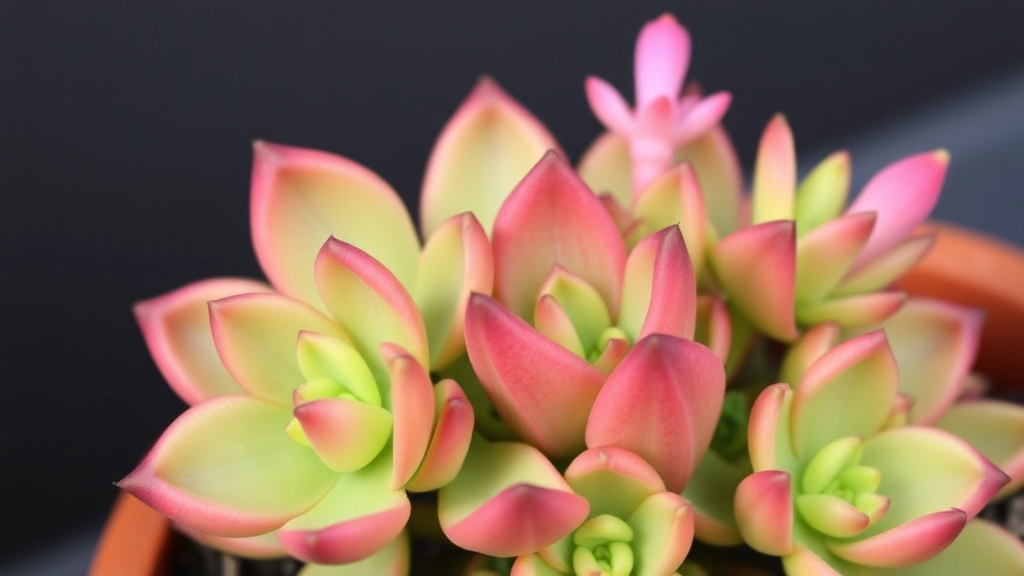Caring for the Succulent Kalanchoe Tomentosa
When it comes to caring for the Succulent Kalanchoe Tomentosa, understanding its needs is essential for a thriving plant. This fuzzy-leaved beauty, often referred to as the “Panda Plant,” thrives in specific conditions that mimic its natural habitat. Let’s dive into the best growing conditions, ideal light, and temperature to ensure your Kalanchoe Tomentosa flourishes.
Watering and Soil Choice
Proper watering and soil choice are crucial for the health of your Kalanchoe Tomentosa. This succulent prefers well-draining soil and a careful watering routine to prevent root rot. Additionally, knowing how to propagate your plant through leaf and stem cuttings can help you expand your collection effortlessly. Stay tuned as we explore these topics and more to keep your Panda Plant in top shape.
When it comes to nurturing your Kalanchoe Tomentosa, understanding its ideal growing conditions is essential. This succulent thrives in environments that mimic its native habitat, which is characterised by warm temperatures and plenty of sunlight.
Key Growing Conditions:
– **Temperature:**
– Optimal range: 20â25°C (68â77°F).
– Avoid extreme cold; it can damage the plant.
– **Light:**
– Prefers bright, indirect sunlight.
– Direct sunlight for a few hours is beneficial but avoid harsh midday rays.
– **Humidity:**
– Low humidity is ideal.
– Average household humidity levels are generally suitable.
– **Air Circulation:**
– Good airflow is crucial to prevent fungal issues.
– Ensure your plant is not crowded by other greenery.
For more detailed care tips, you might find our [Kalanchoe Tomentosa Nigra Care Guide](https://planthq.org/kalanchoe-tomentosa-nigra-care-guide-light-water-soil-tips/) helpful. Additionally, if you’re interested in exploring other varieties, check out our [Complete Guide to Kalanchoe Paddle Plant Care](https://planthq.org/complete-guide-to-kalanchoe-paddle-plant-care/).
Ideal Light and Temperature for Healthy Growth
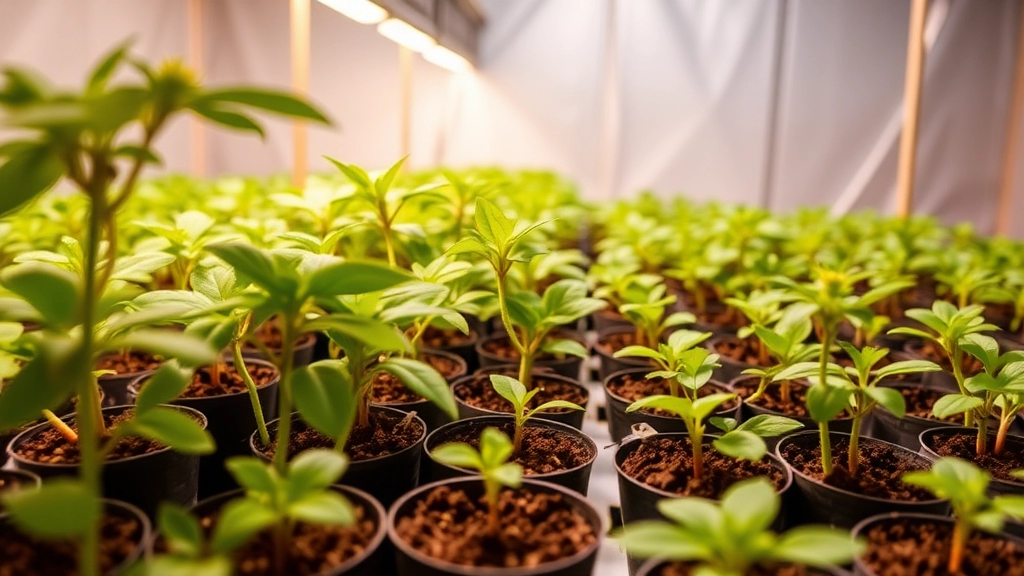
So, you’ve got your Kalanchoe Tomentosa, and now you’re wondering how to keep it thriving.
Let’s talk about light first.
Light Requirements
Kalanchoe Tomentosa loves bright, indirect sunlight.
- Direct Sunlight: Too much can scorch its leaves.
- Low Light: Not enough light can lead to leggy growth.
- Ideal Spot: A south or west-facing window is perfect.
Just think of it like your plant’s happy place—bright but not burning.
Temperature Preferences
Now, let’s chat about temperature.
Kalanchoe Tomentosa prefers a warm environment:
- Ideal Range: Between 20°C to 25°C (68°F to 77°F).
- Nighttime: It can handle cooler temps, but keep it above 10°C (50°F).
- Avoid Drafts: Keep it away from chilly drafts or sudden temperature changes.
Basically, treat it like a house guest that loves the warmth but can’t stand the cold.
How to Water Your Kalanchoe Tomentosa Properly
When it comes to caring for your Kalanchoe Tomentosa, one of the most common concerns is watering. Overwatering or underwatering can lead to serious issues, so understanding how to water your plant properly is crucial.
Choosing the Right Soil for Optimal Drainage
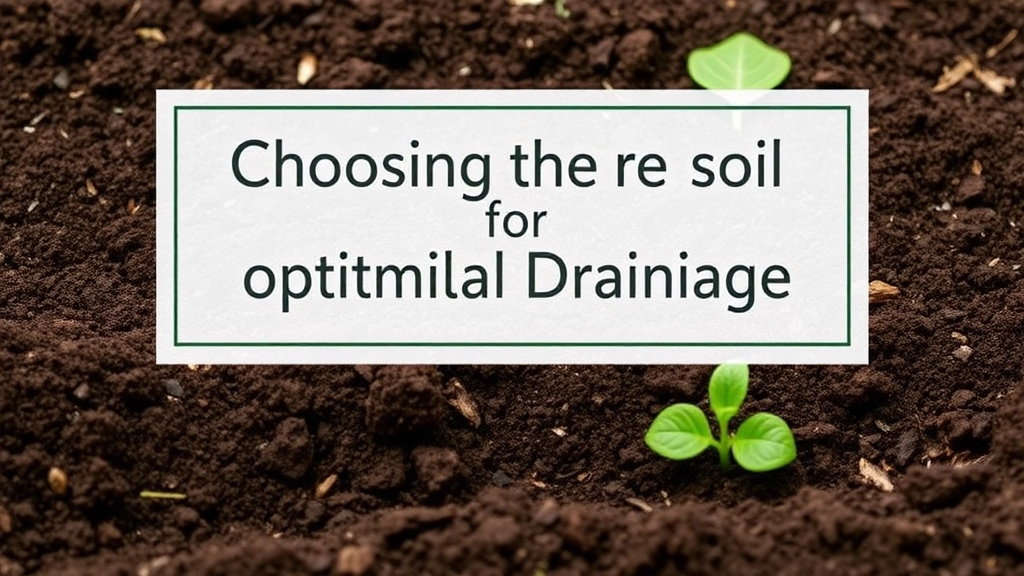
When it comes to nurturing your Kalanchoe Tomentosa, selecting the right soil is crucial. Poor soil can lead to water retention, which is a common cause of root rot.
Why Drainage Matters
Kalanchoe Tomentosa thrives in a well-draining environment. Here’s why drainage is essential:
- Prevents Overwatering: Excess moisture can suffocate roots.
- Promotes Healthy Growth: Well-drained soil allows for better air circulation.
- Reduces Pests: Damp conditions can attract unwanted pests.
Ideal Soil Mix
To ensure optimal drainage, consider the following soil components:
- Cactus Mix: Specifically designed for succulents, this mix allows for excellent drainage.
- Perlite or Pumice: Adding these materials improves aeration and drainage.
- Coarse Sand: This helps to break up compact soil, enhancing drainage.
Suggested Soil Recipe
For a homemade soil mix, try this simple recipe:
- 50% Cactus Mix
- 25% Perlite
- 25% Coarse Sand
This combination creates a lightweight, porous environment that your Kalanchoe Tomentosa will love.
Tips for Soil Maintenance
- Check pH Levels: Kalanchoe prefers slightly acidic to neutral soil (pH 6.0-7.0).
- Repot Regularly: Refresh the soil every couple of years to maintain its drainage properties.
Propagation Methods: Leaf and Stem Cuttings
If you’re eager to expand your Kalanchoe Tomentosa collection, propagation is a rewarding and straightforward process. Many plant enthusiasts often wonder about the best ways to propagate their succulents effectively.
Leaf Cuttings
- Select Healthy Leaves: Choose plump, healthy leaves from the parent plant. Look for leaves that are free from pests and diseases.
- Remove the Leaf: Gently twist or cut the leaf from the stem. Make sure to leave a clean cut to reduce the risk of infection.
- Let it Callous: Place the leaf in a dry, shaded area for a few days. This allows the cut end to callous over, which helps prevent rot when planted.
- Plant the Leaf: After it has calloused, place the leaf on top of well-draining soil. You can lightly press it into the soil, but don’t bury it completely.
- Water Sparingly: Mist the soil lightly, but do not soak it. Watering should be minimal until roots develop.
Stem Cuttings
- Choose a Healthy Stem: Look for a robust stem with several leaves. This provides a better chance for successful propagation.
- Cut the Stem: Use a clean, sharp knife to take a cutting that is about 4-6 inches long. Ensure there are a few leaves at the top.
- Allow to Callous: Just like with leaf cuttings, let the stem cutting dry for a few days in a shaded spot.
- Plant the Cutting: Once calloused, plant the cutting upright in well-draining soil. Make sure the leaves are above the soil.
- Water Lightly: Mist the soil and keep it slightly moist but not wet.
Tips for Success
- Light Conditions: After planting, place the cuttings in bright, indirect light to encourage growth.
- Patience is Key: Rooting can take a few weeks, so be patient and monitor moisture levels.
- Transplanting: Once established, you can transplant your new Kalanchoe Tomentosa into a larger pot. For more detailed guidance on propagation, check out our Step-by-Step Guide to Propagating Kalanchoe Tomentosa.
For those interested in exploring other varieties of Kalanchoe, our Kalanchoe Succulent Identification Guide provides an excellent overview of top varieties and their unique traits.
Common Pests and How to Prevent Infestations
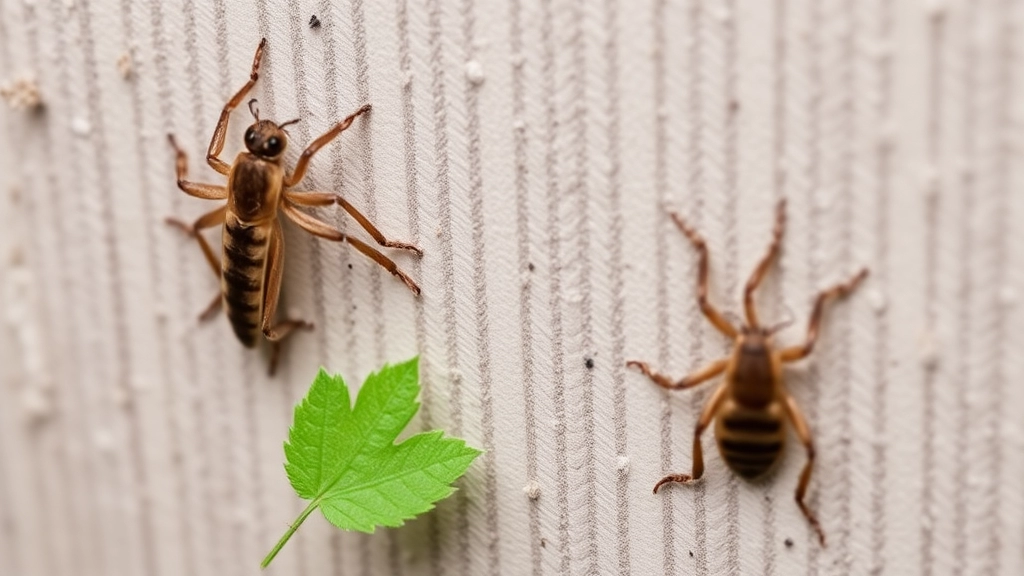
So, you’ve got your Kalanchoe Tomentosa thriving, but what happens when those pesky pests decide to crash the party?
Common Pests to Watch Out For:
- Mealybugs: These little white fluff balls love to hide in the nooks and crannies of your plant.
- Spider Mites: Tiny and sneaky, they can cause discolouration of leaves and webbing.
- Aphids: These small green bugs can suck the life out of your plant, leaving it weak and wilting.
Prevention Tips:
- Regular Inspections: Check your plant weekly. Look under leaves and in tight spots.
- Clean Leaves: Wipe down leaves with a damp cloth to remove dust and any potential pests.
- Neem Oil: A natural pesticide that repels pests without harming your plant. Spray it on affected areas.
- Good Airflow: Ensure your plant isn’t cramped. A little space goes a long way in keeping pests at bay.
- Quarantine New Plants: If you bring a new plant home, keep it separate for a few weeks to ensure it’s pest-free.
What to Do If You Spot Pests:
- Isolate the Plant: Keep it away from your other plants to prevent spreading.
- Manual Removal: For mealybugs, use a cotton swab dipped in alcohol to remove them.
- Insecticidal Soap: Spray this on the affected areas to tackle infestations.
Dealing with Overwatering and Root Rot
Are you worried that your Kalanchoe Tomentosa might be suffering from overwatering or root rot?
These issues are common among succulent enthusiasts, and addressing them promptly is crucial for maintaining a healthy plant.
Signs of Overwatering:
- Yellowing leaves
- Mushy or soft texture
- Leaf drop
Preventive Measures:
- Watering Schedule: Stick to a routine, allowing the soil to dry out completely between waterings.
- Drainage: Ensure your pot has drainage holes to prevent water accumulation.
If you notice any of the above signs, it’s essential to act quickly.
Steps to Take:
- Assess the Soil: Check if the soil feels excessively wet.
- Remove the Plant: Gently take your Kalanchoe out of its pot to inspect the roots.
- Trim Affected Roots: Cut away any mushy or blackened roots with sterilised scissors.
- Repotting: Use fresh, well-draining soil to repot the plant.
Additional Tips:
- Consider using a terracotta pot, which allows for better airflow and moisture control.
- Be mindful of humidity levels; lower humidity can help prevent root rot.
For more detailed information on caring for your Kalanchoe, check out our comprehensive guide on Kalanchoe Panda Plant care. Additionally, if you’re dealing with leaf issues, our article on why Kalanchoe leaves turn soft can provide valuable insights.
Signs Your Kalanchoe Tomentosa Needs Attention
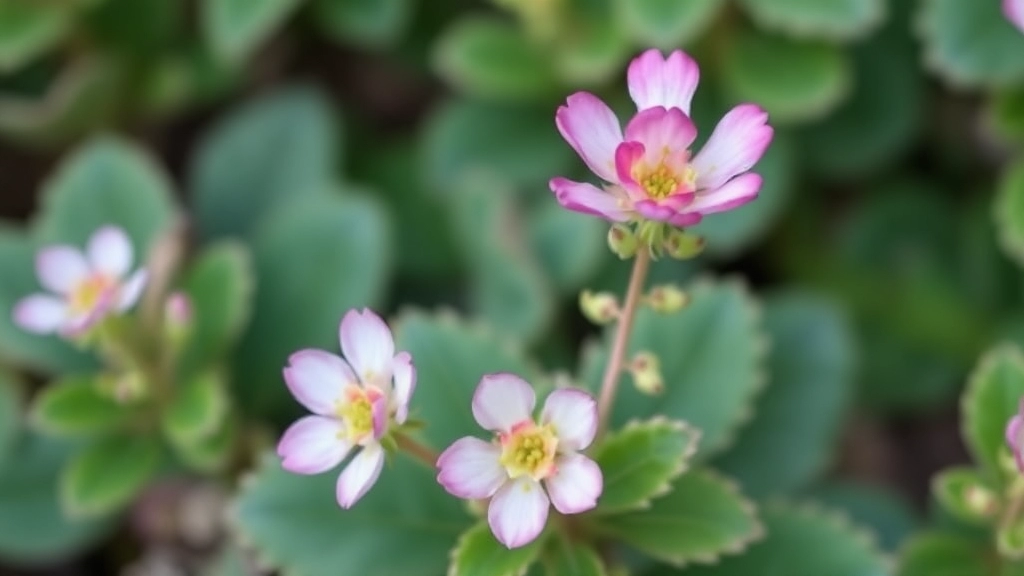
Have you noticed your Kalanchoe Tomentosa looking a bit off?
Sometimes, our beloved plants can’t speak up when they need help, but they sure can send out signals.
Here are some telltale signs that your Kalanchoe may need a little TLC:
- Yellowing Leaves: If the leaves are turning yellow, it might be a sign of overwatering or inadequate light.
- Drooping or Wilting: A droopy Kalanchoe could indicate that it’s thirsty or suffering from root rot.
- Brown Leaf Tips: This can suggest underwatering or exposure to too much direct sunlight.
- Leggy Growth: If your plant is stretching out, it might not be getting enough light.
- Pest Infestations: Look for tiny bugs or webbing on the leaves. If you spot any, it’s time to act quickly!
- Lack of Flowers: If your Kalanchoe isn’t blooming, it could be due to improper light conditions or nutrient deficiencies.
Staying alert to these signs can help you keep your Kalanchoe thriving.
Toxicity Concerns for Pets: What to Know
As we explore the care of Kalanchoe Tomentosa, it’s crucial to consider the safety of our furry friends.
Understanding Toxicity
Kalanchoe Tomentosa, commonly known as “Panda Plant,” is a beautiful succulent that can pose risks to pets, particularly cats and dogs.
- Toxic Compounds: This plant contains compounds called bufadienolides, which can be harmful if ingested.
- Symptoms of Toxicity: If your pet consumes parts of the plant, they may experience:
- Vomiting
- Diarrhoea
- Lethargy
- Decreased appetite
Prevention Tips
To keep your pets safe while enjoying the beauty of Kalanchoe Tomentosa, consider these strategies:
- Placement: Keep the plant out of reach of pets. High shelves or hanging pots can be effective.
- Alternative Plants: If you have pets that tend to chew on plants, consider non-toxic alternatives like spider plants or Boston ferns.
- Education: Educate family members about the potential dangers of Kalanchoe Tomentosa and other houseplants.
What to Do If Ingestion Occurs
If you suspect your pet has ingested Kalanchoe Tomentosa:
- Contact a Vet: Immediate consultation with a veterinarian is essential.
- Monitor Symptoms: Keep an eye on your pet for any signs of distress.
Being aware of the toxicity of Kalanchoe Tomentosa is vital for pet owners. For more detailed information on safety tips, you can refer to our guide on Kalanchoe Pink Butterflies toxicity risks and safety tips. Additionally, if you’re interested in other safe plant options, check out our guide on Kalanchoe toxicity to humans.
How to Encourage Blooming in Kalanchoe Tomentosa
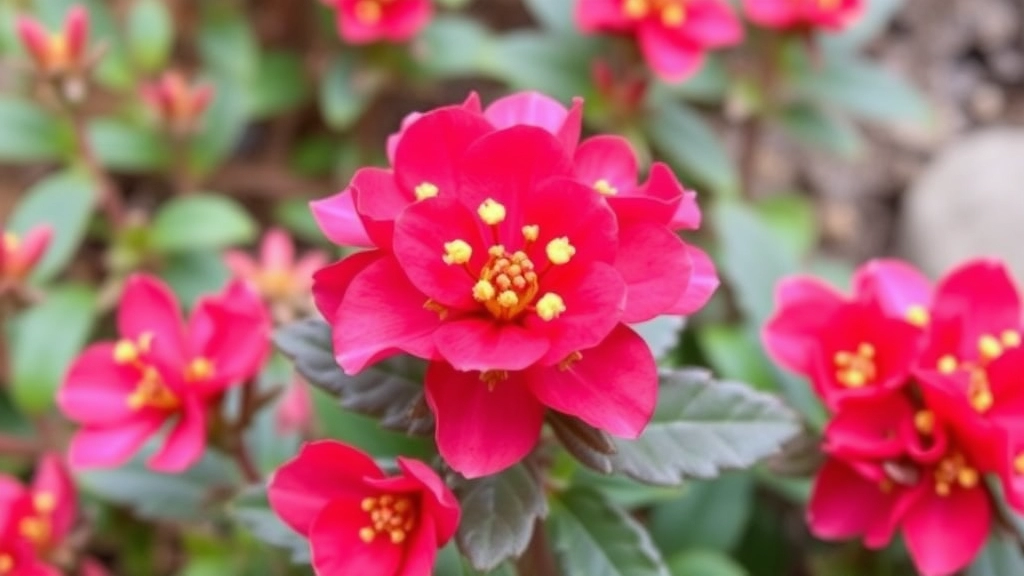
So, you’ve got your Kalanchoe Tomentosa, and you’re eager to see it bloom. I totally get it! Those vibrant flowers can really brighten up your space. But how do you coax those blooms out? Let’s dive in!
Light is Key
First off, light plays a massive role in blooming.
- Bright, Indirect Light: Place your Kalanchoe where it gets plenty of bright, indirect sunlight. Too much direct sun can scorch the leaves.
- Short Days: Kalanchoe blooms when the days are shorter. So, if you can mimic this by reducing light exposure, it might just do the trick!
Temperature Matters
Next up, temperature.
- Warmth: Keep your plant in a warm environment, ideally between 20-25°C (68-77°F).
- Cool Nights: A drop at night can help trigger blooming. Aim for around 15-18°C (59-65°F).
Watering Wisely
Now, let’s chat about watering.
- Moderate Watering: During the growing season, water your Kalanchoe moderately. Let the top inch of soil dry out before watering again.
- Cut Back Before Blooming: A few weeks before you want it to bloom, cut back on watering. This stress can encourage flowering.
Fertilising for Success
Feeding your plant is also crucial.
- Balanced Fertiliser: Use a balanced fertiliser every couple of weeks during the growing season.
- Low Nitrogen: Look for a formula with lower nitrogen to promote blooms over foliage.
Pruning for Blooms
Don’t forget about pruning!
- Remove Spent Flowers: Snip off any spent flowers to encourage new ones to form.
- Trim Back: If your plant gets leggy, a light trim can stimulate growth and blooming.
Patience is a Virtue
Lastly, blooming takes time.
- Seasonal Bloomer: Kalanchoe typically blooms in late winter to early spring, so patience is key.
Best Uses of Kalanchoe Tomentosa in Indoor and Outdoor Spaces
As we explore the versatility of Kalanchoe Tomentosa, it’s essential to consider how this charming succulent can enhance both indoor and outdoor environments.
Indoor Uses
Kalanchoe Tomentosa, often referred to as “Panda Plant,” thrives beautifully indoors, making it a popular choice for houseplant enthusiasts. Here are some ideal indoor uses:
- Table Centrepiece: Its unique, fuzzy leaves and striking appearance can make a stunning centrepiece on dining tables or coffee tables.
- Window Sills: This plant loves bright light, so placing it on a sunny window sill can promote healthy growth while adding a touch of greenery to your space.
- Office Decor: The low-maintenance nature of Kalanchoe Tomentosa makes it perfect for office environments, where it can brighten up desks without requiring constant attention.
Outdoor Uses
When it comes to outdoor spaces, Kalanchoe Tomentosa can also shine. Here’s how you can incorporate it:
FAQs About Succulent Kalanchoe Tomentosa
What kind of light does Kalanchoe Tomentosa need?
Kalanchoe Tomentosa thrives in bright, indirect sunlight. Too much direct sunlight can scorch its leaves, while low light can lead to leggy growth. A south or west-facing window is ideal.
What temperature is best for Kalanchoe Tomentosa?
This succulent prefers a warm environment with temperatures ranging between 20°C to 25°C (68°F to 77°F). It can handle cooler nighttime temps but should be kept above 10°C (50°F). Avoid exposing it to chilly drafts or sudden temperature changes.
What type of soil is suitable for Kalanchoe Tomentosa?
Kalanchoe Tomentosa requires well-draining soil to prevent root rot. A mix of cactus soil, perlite or pumice, and coarse sand is ideal. A suggested recipe is 50% cactus mix, 25% perlite, and 25% coarse sand.
How do I prevent pests on my Kalanchoe Tomentosa?
Regular inspections, cleaning leaves, using neem oil, ensuring good airflow, and quarantining new plants can help prevent pests like mealybugs, spider mites, and aphids. If pests are spotted, isolate the plant and use manual removal or insecticidal soap.
What are the signs that my Kalanchoe Tomentosa needs attention?
Look for yellowing leaves, drooping or wilting, brown leaf tips, leggy growth, pest infestations, and lack of flowers. These signs can indicate issues like overwatering, inadequate light, or pest problems.
How can I encourage my Kalanchoe Tomentosa to bloom?
To encourage blooming, provide bright, indirect light, maintain a warm environment with cooler nights, water moderately and reduce watering before blooming, use a balanced fertiliser with low nitrogen, and prune spent flowers. Patience is also key, as Kalanchoe typically blooms in late winter to early spring.
References
-
Kalanchoe Tomentosa Plant Care
-
Gardening Know How: Kalanchoe Tomentosa Care
-
House Plants Expert: Kalanchoe Tomentosa
